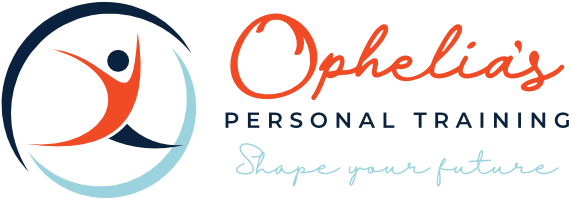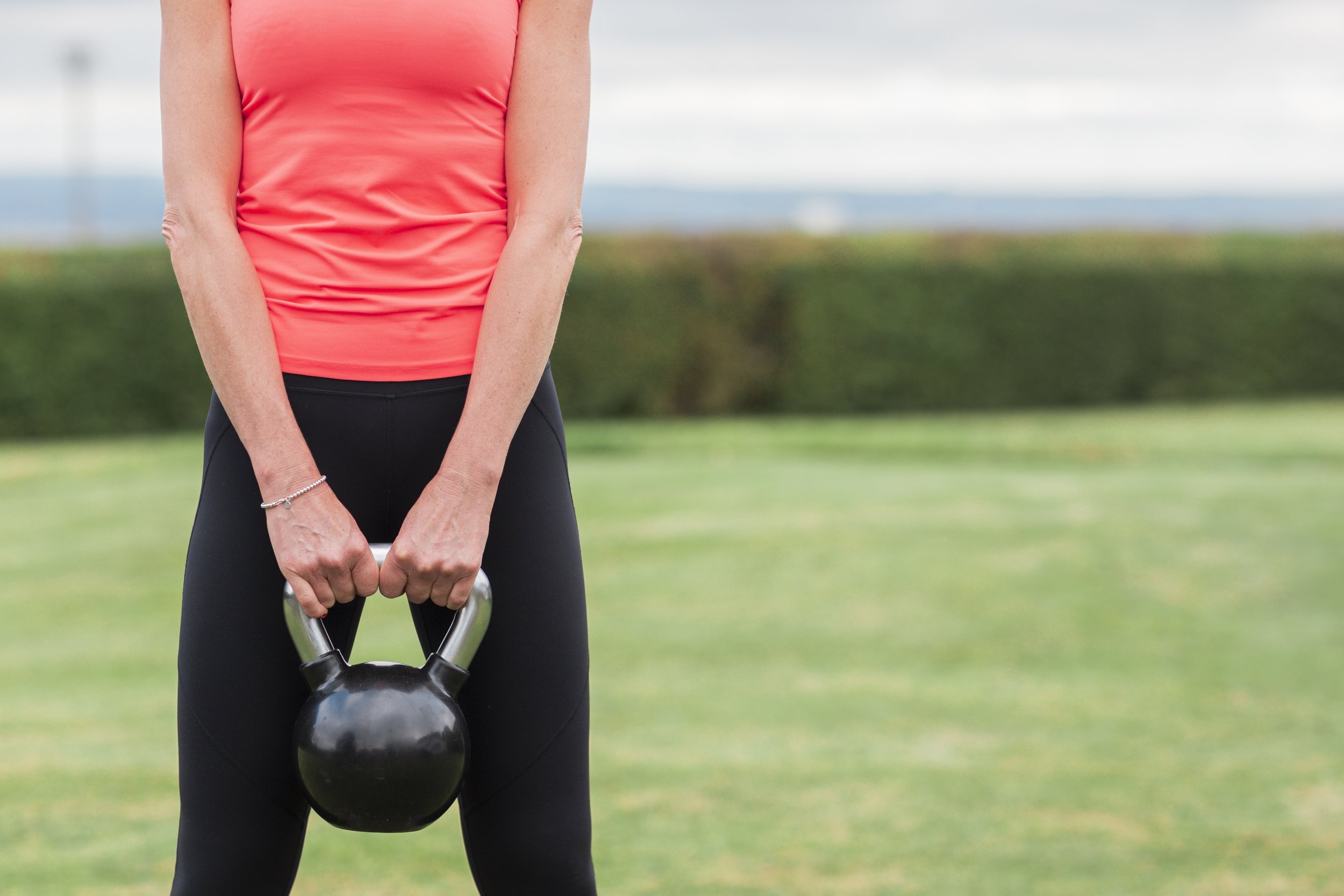A top trainers secret to good health and fitness
If you want to be fitter, leaner and stronger there are many of Matt Little’s ‘go-slow’ rules listed below that I would agree with:
Increase your cardiovascular and strength exercise very gradually. Build a strong foundation before you start overloading your body. Doing an activity with someone else is a good distraction from the effort but choose an activity suitable for your body – we haven’t all got a body that still like playing tennis! Modifying behaviours that you identify are preventing you from having the body you want.
Listen to pain – don’t ignore it and allow injuries to fully heal.
Enjoy your body and the best it can be.
Ophelia
The top trainer’s (Matt Little) Secret to good health and fitness: Slow down.
How slow can you go? It’s a question that Matt Little, a renowned trainer who worked with athletes and sports champions including the tennis player Andy Murray for 12 years, says we should all ask ourselves. Many of us, he believes, are living life at a pace that is detrimental to our long-term health and fitness
“People want a fast track to everything and we live in a world where we are sold the idea that achieving results quickly is better,” Little says. “In reality it is almost always worse, especially when it comes to health and fitness.”
Little worked in elite-level tennis for more than 15 years, for much of it as part of Murray’s support team — including when he won Olympic gold, Wimbledon and became world No 1, as well as guiding his recovery from hip surgery. During his time in professional sport, Little says that one rule remains a constant for success: take it slow.
In his book The Way of the Tortoise: Why You Have to Take the Slow Lane to Get Ahead, Little explains how and why playing the long game will work.
Want to lose weight or get fit? Move methodically towards your goals. “Getting fit and losing weight are very tangible objectives,” he says. “If you rush either of them, there will likely be a rebound effect such as weight gain, injury or just giving up with boredom and frustration.
Here are Little’s “go-to” rules:
Limit hardcore workouts to once a week
Broadly speaking, you should not increase your aerobic activity (running, cycling and swimming) by more than 10 per cent in a week, and if you are new to intense workouts you should get used to one a week before adding more, factoring in plenty of recovery. People love the idea of HIIT (high-intensity interval training) workouts because they are over quickly, but do too many intense workouts too quickly and your body will start to say “no thank you” and break down.
There are no Short-cuts to strength gains
We all like the idea of a fast route to muscle gain, but you can’t cut corners. The only way to get stronger is to progressively overload the muscles, and that takes time. Don’t be fooled by claims that equipment such as the whole-body vibration platforms found in gyms speed up muscle toning. You need to work towards gradually adding a greater load, in the form of weights, and more repetitions to build strength
Try tennis instead of going for a run
I’ve learnt from my clients that they go for longer if I ask them to play a game instead of going for a run or doing a solo gym workout. By focusing on an opponent you are not thinking about the effort you are having to put into that activity. If you go for a run or cycle on your own, all you have to think about is the pain, but a sport played with someone else provides a distraction.
Become a tortoise dieter
It is widely accepted in the field of exercise and nutrition that the most sustainable way of losing weight is by making small weekly changes to your diet and lifestyle. What you are then modifying are habits and your psychological relationship with the food you eat. Those who lose a pound or so each week are more likely to keep the weight off because they have adapted their behaviour. This tortoise technique of dieting also feels psychologically easier. If you have weight to lose, set yourself a six-month goal. Eat healthily and eat less with the goal of 2lb a week weight loss, knowing that it is more likely to stay off.
Don’t rush rehab after midlife injuries
By rushing back from niggles and injuries you are in effect setting yourself up to suffer from them again, particularly if you are middle aged or older. Your body will take as long as it needs to get over an injury. When Andy had his famed hip injury a few years ago, he had to endure a painstaking two-year journey of rehabilitation before his return to top-class tennis. During this time he experienced so many setbacks that he even considered quitting the sport. The lesson here is that almost any situation can be turned around with patience and the right attitude.
References
The Way of the Tortoise: Why You Have to Take the Slow Lane to Get Ahead by Matt Little is published by Michael O’Mara Books
The Times Saturday 11th September Peta Bee

